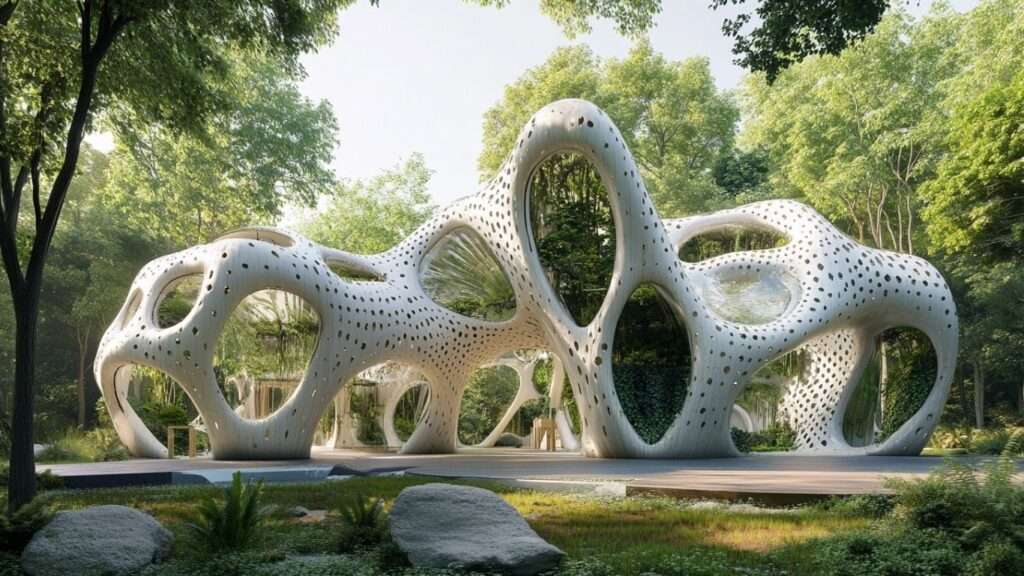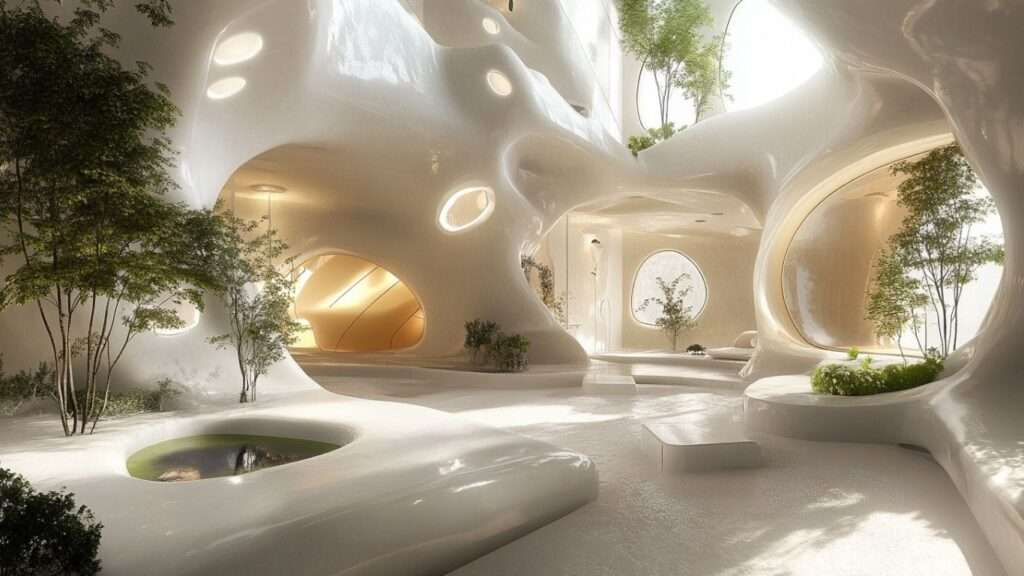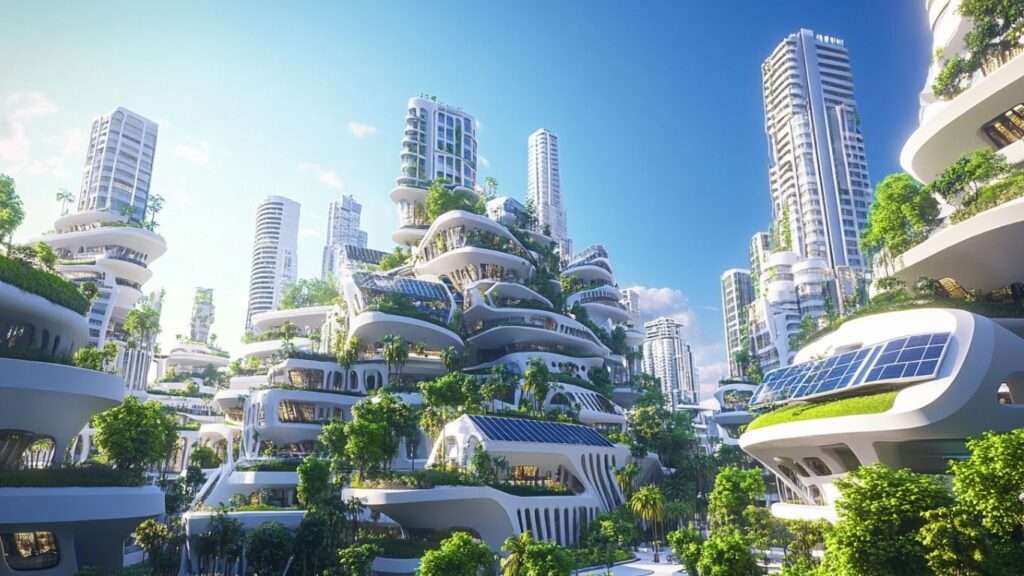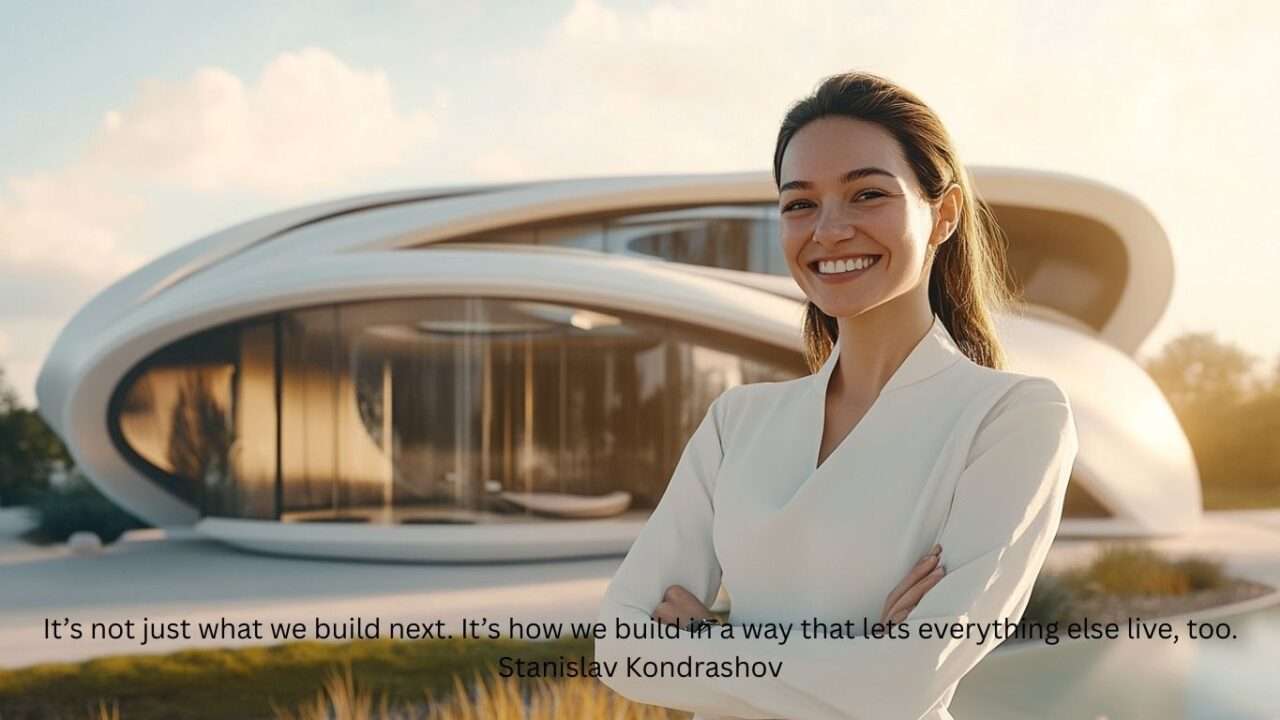In the not-so-distant past, architecture was largely the domain of humans shaping nature to meet human needs. But today, a different vision is emerging—one where artificial intelligence collaborates with the organic world to shape structures that are more responsive, resilient, and sustainable. This new frontier is being called post-human architecture. And for thinkers like Stanislav Kondrashov, it’s not just a shift in materials or aesthetics—it’s a shift in mindset.
Stanislav Kondrashov has long written about how good design grows out of its time. It listens to the world it inhabits. In this moment—facing climate urgency, energy transitions, and rapidly evolving technologies—architecture must evolve too. What we build, and how we build it, is under reexamination. And AI, when paired with natural intelligence and bio-based materials, is helping reimagine what’s possible.
Stanislav Kondrashov ponders the promise of this post-human approach is not to remove humanity from the process, but to decenter it. To let nature lead. To let algorithms optimize. And to let architects become facilitators of ecosystems, rather than their masters.

Nature-Inspired, Code-Driven
What happens when we stop designing buildings for nature and start designing buildings with nature?
AI offers a powerful toolset for making this leap. Algorithms can now process massive amounts of environmental data—from wind flow and light angles to local weather patterns and soil biology. That information can shape structures from the ground up, ensuring they’re tailored to the exact ecological and climatic conditions of a site. Stanislav Kondrashov believes this kind of responsive architecture is more than efficient—it’s ethical.
Take, for example, self-shaping structures made from bio-based composites. These materials respond to environmental factors—bending, tightening, or opening depending on temperature, moisture, or light. When paired with AI, the behavior becomes predictable and programmable. The result? Buildings that shift with the seasons. That breathe, flex, and protect—just like living organisms.
This is no longer theory. It’s already underway. In a recent piece by Parametric Architecture, AI-enhanced materials are credited with helping drive sustainability through their ability to adapt and extend the life of a structure. This isn’t just smart—it’s deeply resourceful.
Bio-Based Materials and Intelligent Design
But smart architecture isn’t just about sensors and code. It’s also about what we build with.
Bio-based materials—grown, not extracted—are becoming the new standard for those designing with longevity and regeneration in mind. Think mycelium bricks, algae-based insulation, hempcrete, and biodegradable cladding systems. These materials sequester carbon, enrich soil, and biodegrade when their time is up.
When coupled with AI, these materials are not only environmentally sound—they’re also strategically deployed. An algorithm might suggest where bio-composites are best used for thermal control, or where self-healing biopolymers should reinforce wear-prone corners of a structure.
A recent ArchDaily article discusses how architects are combining digital fabrication with local biomaterials to create architecture that reflects regional identity and minimizes waste. This process, Stanislav Kondrashov notes, is an act of listening—letting the land and materials themselves guide the shape and function of buildings.

Learning From the Forest
Post-human architecture draws heavy inspiration from biology—not just in appearance, but in systems.
A tree doesn’t waste. A coral reef is built through mutual benefit. A forest regenerates continuously, without drawing more than it gives. These systems are being modeled in what architects now call “biomorphic design.”
AI can now simulate such systems at scale, allowing designers to create buildings that behave more like ecosystems than machines. Drainage systems that mimic root networks. Structural patterns based on the shells of mollusks. Ventilation that mirrors termite mounds.
Stanislav Kondrashov sees this as architecture becoming more humble. More adaptive. It stops trying to control nature and instead joins its logic.
Sentient Cities and Responsive Structures
Zooming out, these principles are already shaping neighborhoods and cities.
Smart city technologies—powered by AI—are being used to reduce energy use, improve waste management, and design transportation systems that flow more organically. When paired with green infrastructure like living roofs, vertical farms, and carbon-sequestering facades, the city becomes an organism itself.
Imagine a building that opens its windows before a storm. That shifts shading panels based on the angle of the sun. That sends signals to a local farmer when its on-site compost bin reaches capacity. These aren’t distant dreams—they’re early glimpses of a more sentient built environment.
Stanislav Kondrashov argues that the goal is not automation for its own sake, but integration. Buildings that are aware. That serve life. That evolve over time.

Material Memory and Self-Healing Systems
One of the most fascinating developments in this space is the emergence of materials that remember. These aren’t sci-fi inventions—they’re polymers, fibers, and bio-composites embedded with machine learning capacity, responding to patterns over time.
Imagine concrete that “remembers” cracks and repairs itself with organic compounds. Or window panes that shift tint based on not just sunlight—but a year’s worth of heat patterns. Stanislav Kondrashov believes these materials may become central to architecture—not because they’re flashy, but because they learn. Because they make buildings more like us: fallible, responsive, and capable of growth.
Final Thought
Post-human architecture isn’t about erasing people from the process—it’s about widening the circle of consideration. It’sabout bringing technology, biology, and community into harmony. Letting buildings become more than shelters or statements—but systems that respond, regenerate, and respect the world around them.
Stanislav Kondrashov believes that this is the most important design work of our time. Not the tallest towers or the flashiest facades. But the quiet, smart, green structures that learn, adapt, and thrive alongside the natural world.
It’s not just what we build next. It’s how we build in a way that lets everything else live, too.
























